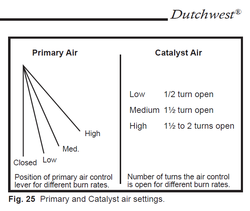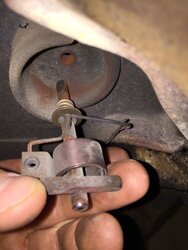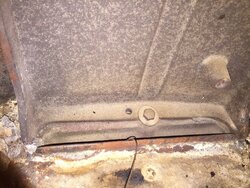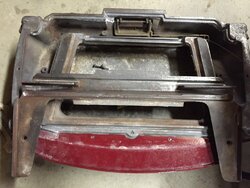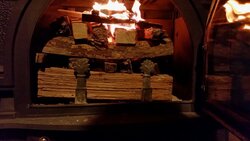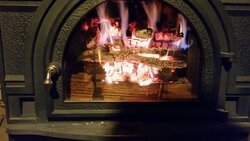Question on Vermont Casting Encore 2550 primary air control.
My stove's right side lever controlling the primary air no longer adjusts the primary air.
The regulator has been fine for the last 10 years.
Something is now disconnected or broken.
Maybe it's a wire, maybe more.
It looks like I need to remove the right-side interior plate, called "Right Air Plate (Inner side)" , to examine the lever backside, called "Thermostat Assembly".
--> If I need to look at the "primary air regulatory system" underneath the floor of the stove, will I have to take apart the rest of the interior plates of the stove apart to get at it?
Thanks in advance for comments and experiences.
I'm referencing the 2550 manual, page 34 onward, copy at
http://www.appliancefactoryparts.com/content/pdfs/171411-1.pdf
Potential parts: (diagram #)
(#39) Thermostat Assy 5005470
(#43) Primary Air Regulatory System 5000337
Not likely parts: (#42)
Primary Air Frame 1307411
Primary Air Valve Only 1307412
Primary Air Rod Only 1601493


